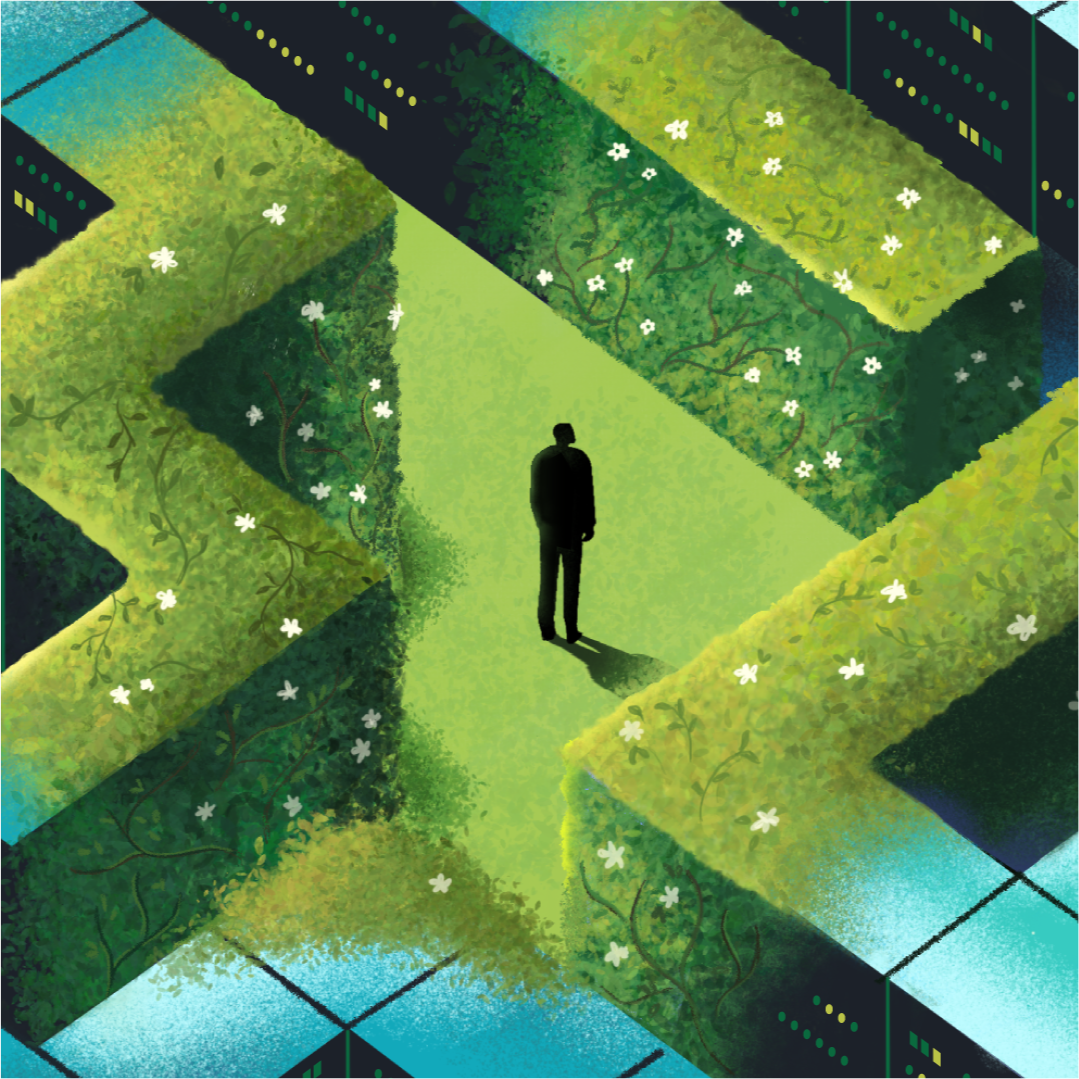Monsoon Reflections
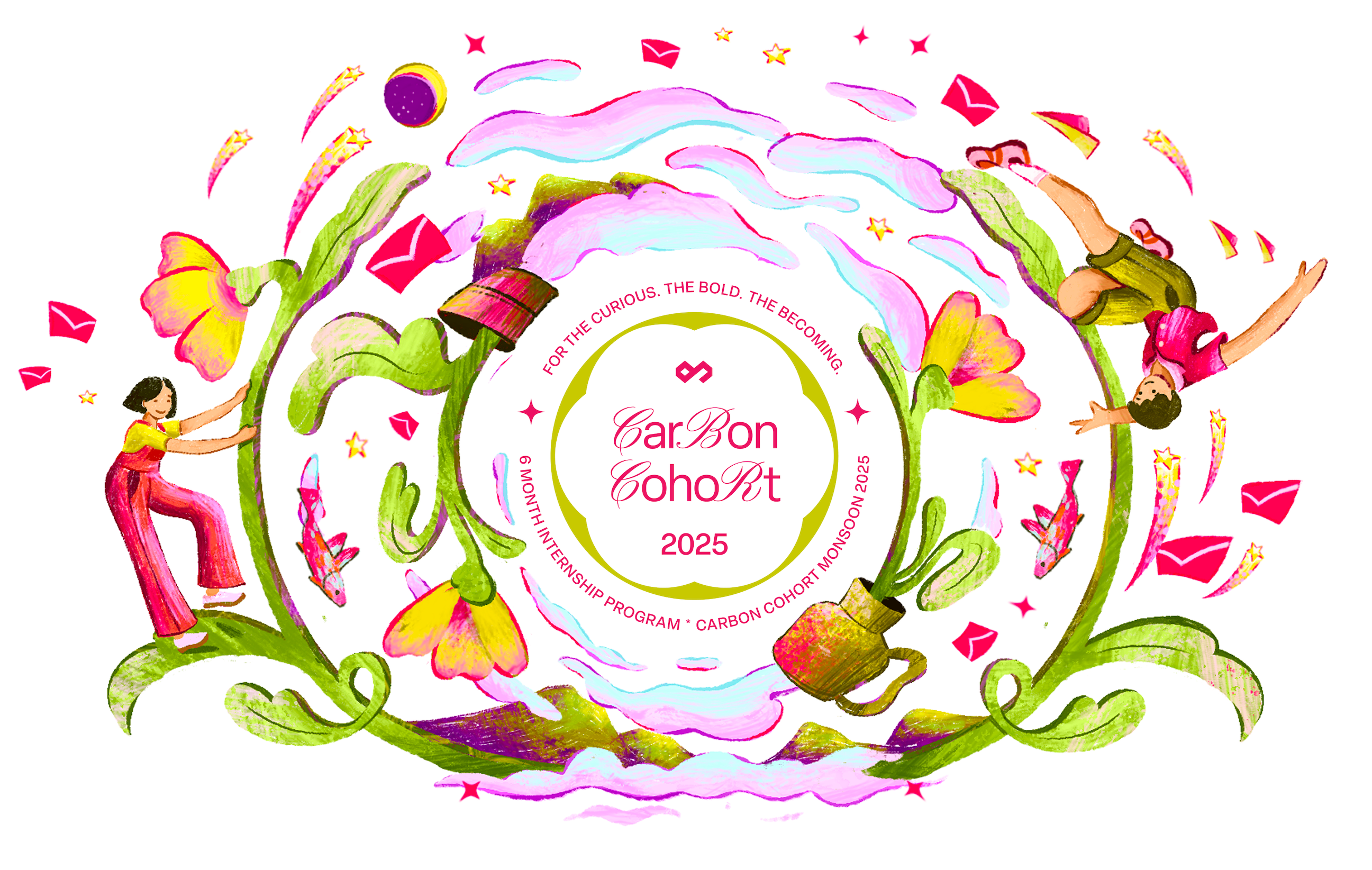
In April this year, we kicked off the second edition of the Carbon Cohort, our program for nurturing upcoming design talent.
Our very first cohort began in January 2025, and it exceeded our expectations in every way. We explored amazing briefs, read innovative responses, and spoke to hungry young designers. We learnt a lot about what it means to create an internship that is equal parts mentorship, provocation and an experimental playground.
The Monsoon Cohort 2025 was built on these learnings and experiences. This time around, we created an extensive brand for the cohort. With crayon textured illustrations, this cohort was meant to evoke emotions of play, joy and nostalgia.
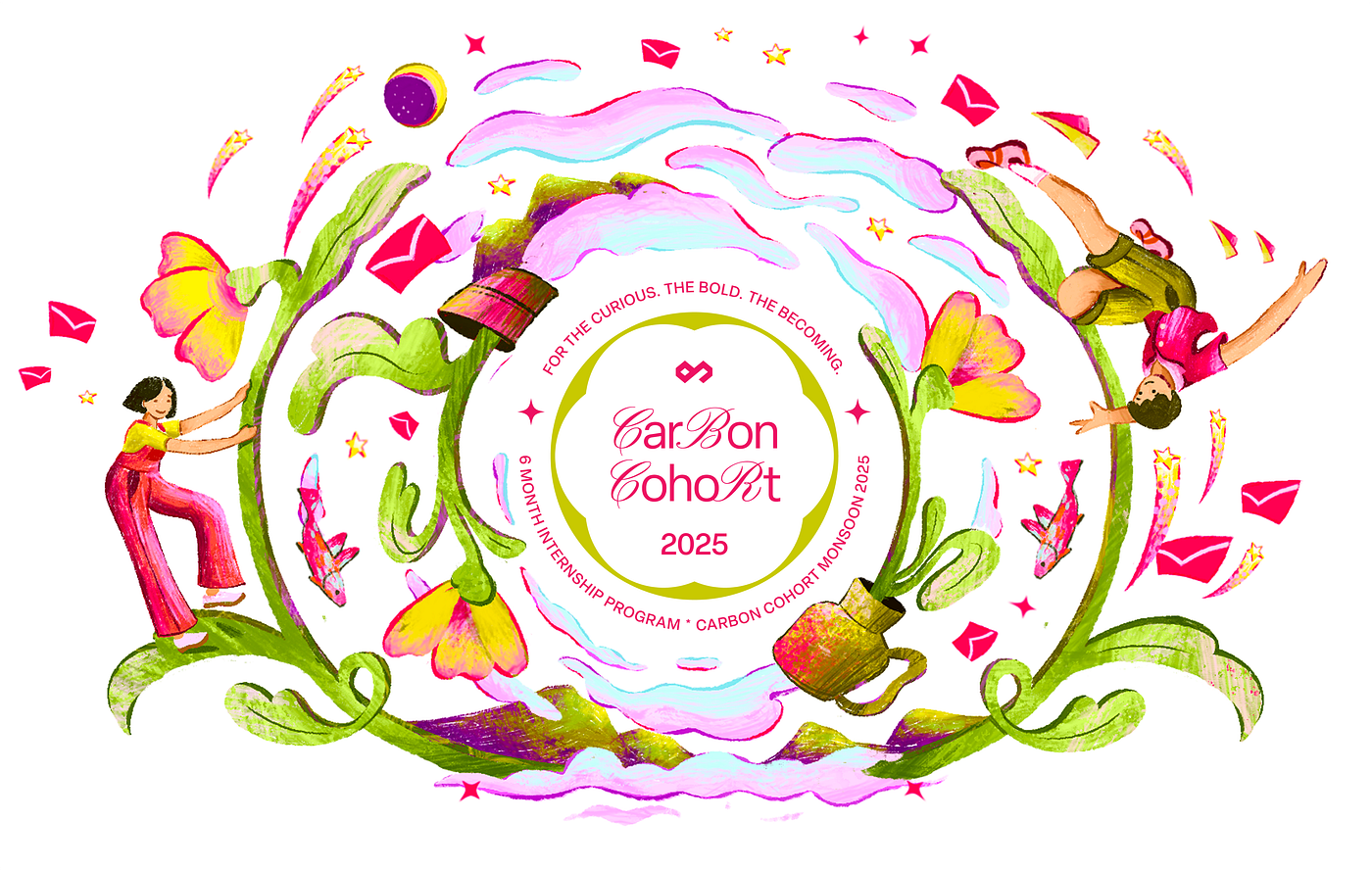
For this cohort, we wanted to test for more than just design ability. We wanted to find emotional imagination. That’s how we landed onto the primary theme for this cohort:
In Between Feels: Designing for Emotional Complexity in the Age of Disconnection
As the world around us becomes faster, noisier and more digital, we wanted to pause and ask, “How do we design for increasing negative emotions in the current world?”
“How do we solve our growing social anxiety?”
“How can we better manage our shortening attention spans?”
“What does it mean to belong to a community?
That’s how we came up with the three sub-challenges for this cohort:
- Social Disconnect — Design for awkwardness
- Temporal Disconnect — Design for impatience
- Communal Disconnect — Design for belonging
With this theme, we wanted to make the application process interesting and challenging, while also giving the participants an opportunity to try out something new, something that they usually don’t get to work on.
Another major change we made for the Monsoon Cohort was decoupling the sub-challenges from the design disciplines. Unlike the previous cohort, where you were pre-assigned a challenge based on which discipline you were applying for, this time we kept it open ended. You could pick any challenge and solve for it using any design skillset and field.
Over the next few weeks, we received several submissions. Some were raw and generic, others were structured, creative and invited wild discussions. A few such submissions challenged our perspectives and did justice to the challenge and the theme that was posed to them.
In this section, we will go through these top submissions and the people behind them. We will also talk about the aspects in their submission that we liked.
Communication Design
Let’s kick things off by showcasing some of the standout entries we received in Communication Design. Applicants in this discipline explored all three sub-challenges, translating themes like social awkwardness, fragmented attention and belonging into compelling visual narratives. Here are a few entries that left a lasting impression.
Freya Vora
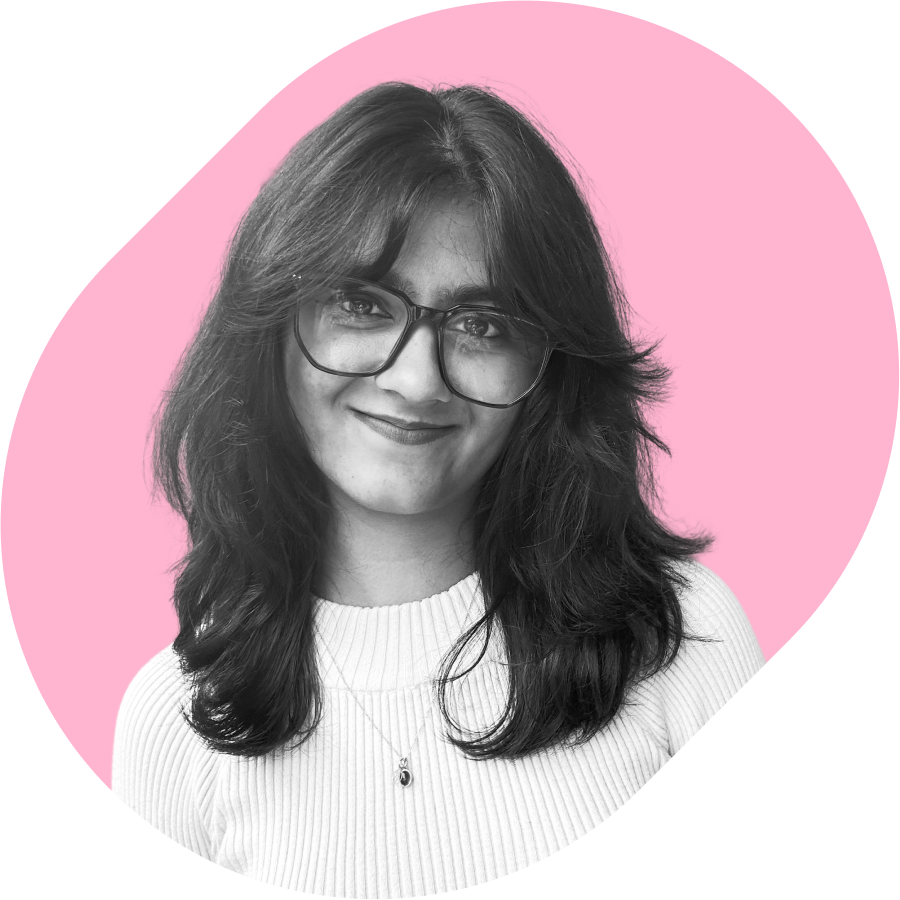
Profile: https://www.linkedin.com/in/freya-vora-239539308
Challenge: Communal Disconnect
Concept: Mere Jaisa Koi

Mere Jaisa Koi is an indie magazine concept for teens and young adults seeking genuine connection. It features surreal art, journaling prompts, and QR codes linking to an interactive space for sharing music, writing, or art. It offers a quiet alternative to social media-one built on emotion, reflection and the comfort of being understood.
What we liked:
Freya’s submission was a well-crafted submission with a strong sense of purpose. Her idea of building connection through shared personal stories was both relevant and contextual to the theme. We found that the visual style she chose supported the tone well, and it was easy to imagine the print and digital versions of the magazine.
We would have loved to see how people engaged with the platform, maybe a validation of the idea with real users as a quick test. But we think the concept has a strong potential, and with a bit more focus on user experience, it could truly grow into something meaningful.
Parv Pandey

Profile: https://www.linkedin.com/in/parvp/
Challenge: Temporal Disconnect
Concept: #Holdthatmoment
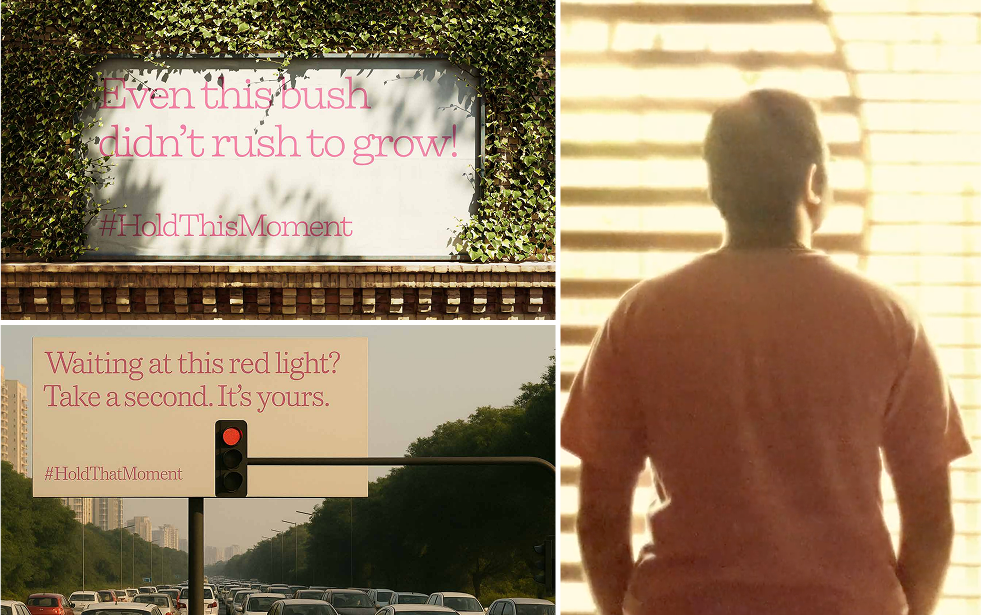
#HoldThatMoment is a visual campaign that reimagines everyday delays, like red lights or waiting in queues, as chances to pause and reconnect. Through a short film and contextual posters in public spaces, the campaign invites viewers to shift their perspective and to notice the moments we often overlook in our rush.
What we liked:
Parv’s submission presented a well thought concept in an engaging manner. The cinematic approach of the video was compelling. The core message could have been reinforced with more deliberate visuals, but we thought that with proper execution of the concept, this could be a powerful campaign towards temporal disconnect.
Vaibhav Singh
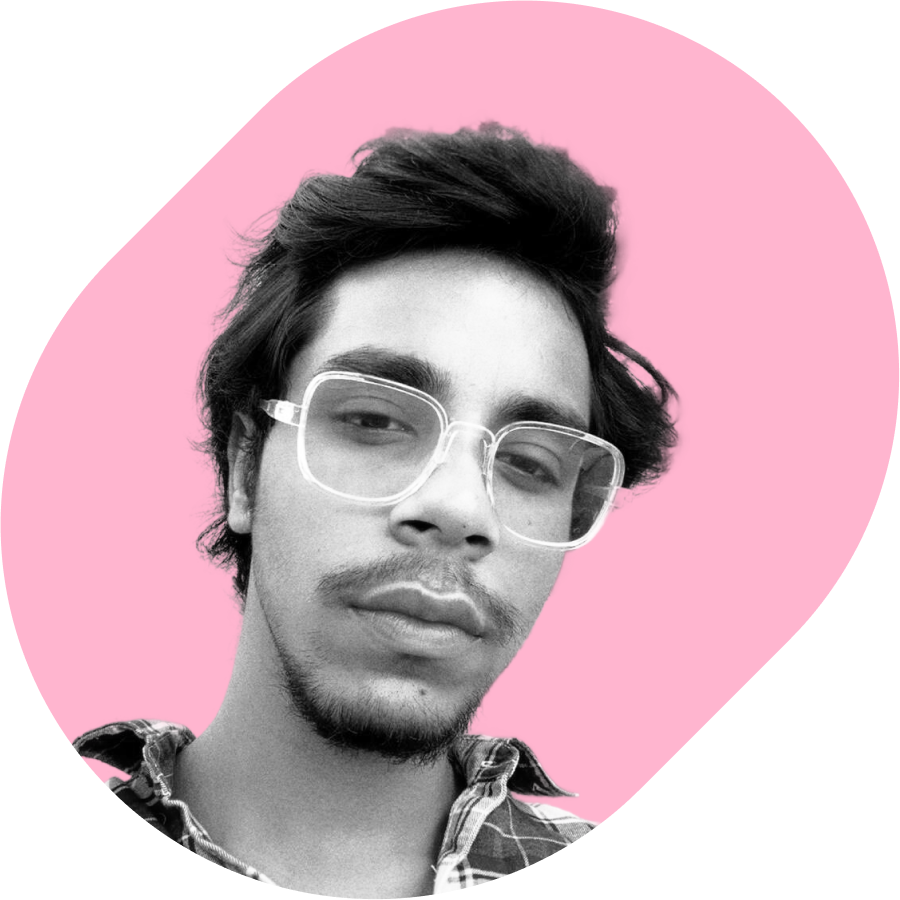
Profile: https://www.linkedin.com/in/vaibhav-singh-ab1757281/
Challenge: Social Disconnect
Concept: Ajeeb hai to kya?

Ajeeb Hai Toh Kya? is a campaign that encourages people to own their awkwardness and wear it like a badge of honor. It challenges the pressure to be perfect by celebrating vulnerability, uncertainty and emotional honesty. By speaking to the hidden, in-between spaces people often occupy, the campaign offers permission to show up fully as one’s authentic self, regardless of judgment.
What we liked:
Vaibhav’s submission was a refreshing take on awkwardness. We liked that the tone was consistent across various collaterals and carried a quite confidence.
We think the visual structure of the campaign could’ve been sharper, and would help the message come through more clearly, but it was a distinct idea with good potential nonetheless. Being the only person in this list to have tackled the tricky theme of social disconnect, we think he handled it with honesty and a clear point of view.
Bhawanjot Kaur
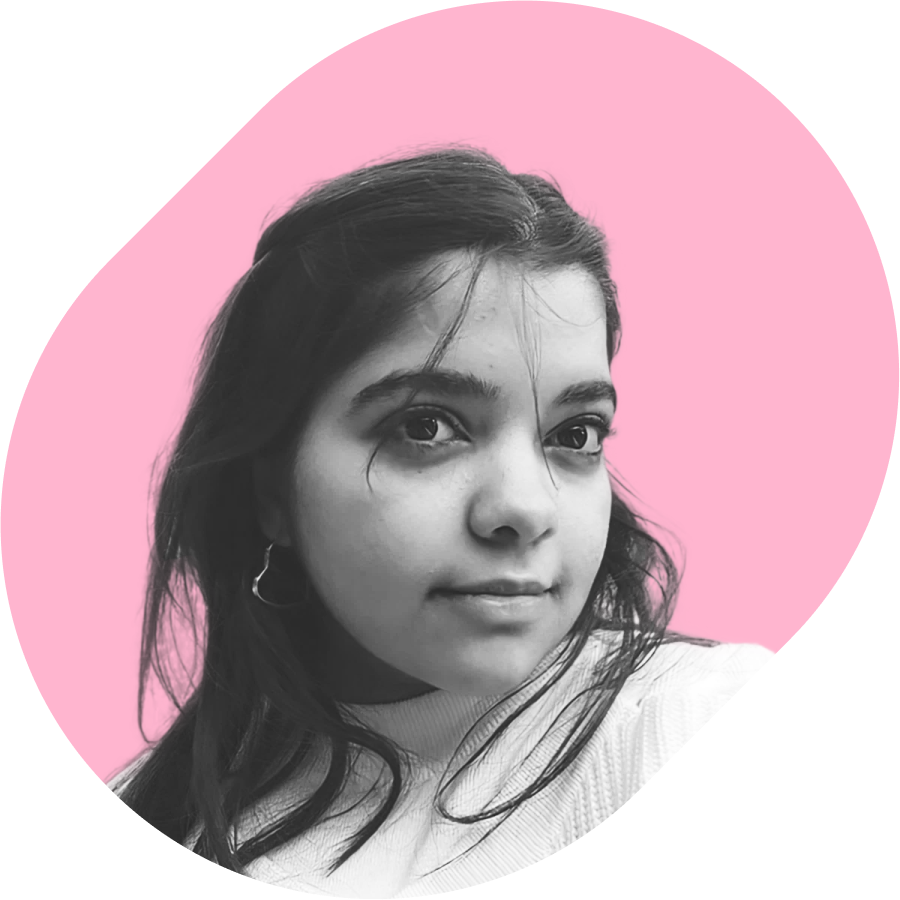
Profile: https://www.linkedin.com/in/bhawanjot-kaur11/
Challenge: Temporal Disconnect
Concept: LookOut
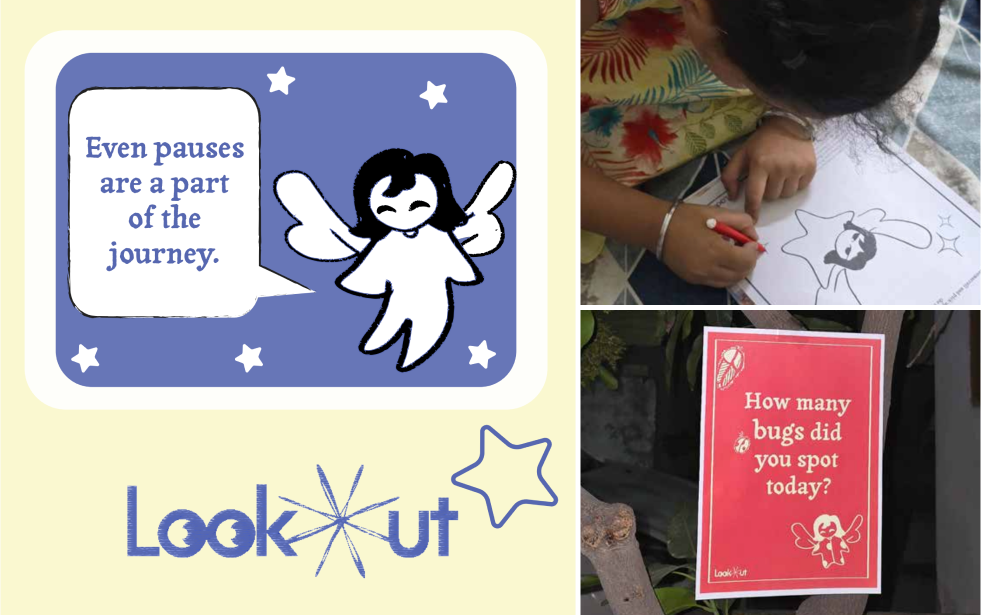
LookOut is a visual initiative that encourages people to rediscover patience and presence in today’s fast-paced world. With posters, activities and a gentle mascot named Iffy, who is bold, fierce and gentle, it offers playful reminders to slow down, appreciate everyday moments and reconnect with the joy of simply being. LookOut helps counter impatience with stillness, creativity and small acts of mindfulness.
What we liked:
Bhawanjot’s hand-drawn style really brings warmth and approachability to this campaign, with a sense of delight for the viewers. It makes us recall the spontaneity of childhood scribbles, making the piece feel both personal and relatable.
The narrative could’ve been more concise and clear, helping the visuals land with more intent, but with a little refinement, we think this charming direction has the potential to change our relationship with time.
Industrial Design
From tactile interactions to speculative objects, applicants in industrial design brought their chosen themes to life in imaginative ways. With thoughtful, creative and often times provocative concepts, they made us pause and reconsider the role of objects in our lives.
Veda Shetye
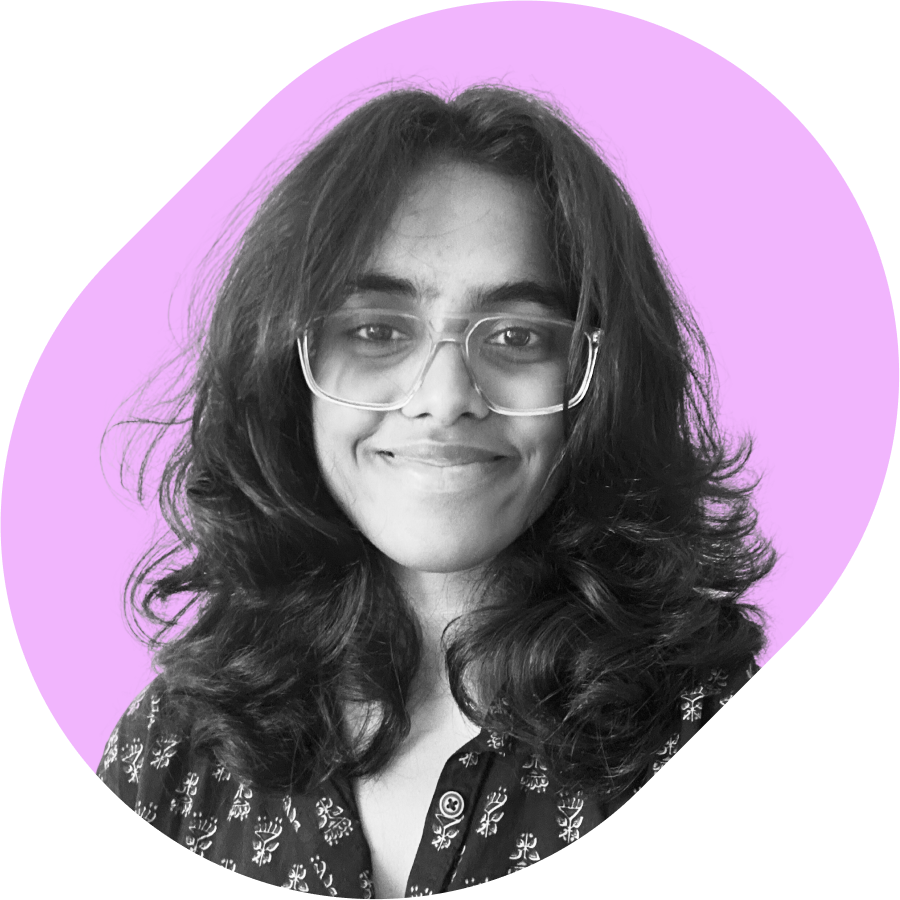
Profile: https://www.linkedin.com/in/vedashetye/
Challenge: Temporal disconnect
Concept: Wave

Wave is an alarm clock that challenges the urgency-driven design of traditional mornings.
By introducing intentional friction and interactive pixel visuals, it transforms waking up into a mindful ritual. Instead of rewarding instant reactions, Wave encourages presence and patience, helping users shift from rushed awakenings to conscious starts, thus reducing anxiety.
What we liked:
Veda’s submission was thorough and exciting to read. The effort in shaping the experience & interactions for the clock was admirable and has overall shaped the solution as a compelling package.
Although we would have loved to see a prelude to the project, in terms of research and synthesis of the chosen topic, we found it to be a refreshing submission.
Shashwati Kashyap

Profile: https://www.linkedin.com/in/shashwati-kashyap-2043a3259/
Challenge: Temporal disconnect
Concept: Antaral
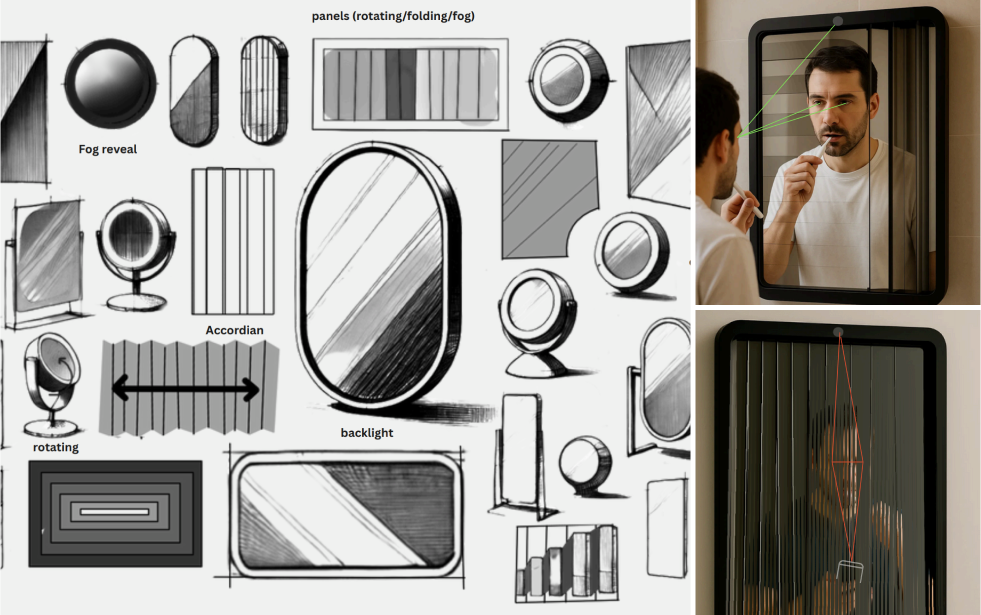
Antaral is a bathroom mirror concept that activates only when the user remains still and focused for a minute. Using motion and eye-tracking, it transforms reflection into a daily ritual of patience and self-awareness. Once activated, it stays visible throughout the day, encouraging a mindful start and reinforcing the idea, that stillness is a strength.
What we liked:
Shashwati’s submission was gripping to read. The combination of well structured narratives and breakdown of the problem statement set the right tone for the context. We found the point of intervention, the mirror to be a refreshing and smart take.
While the detailing and execution of the concept could have been given more thought, the overall process and approach was commendable. We also liked how well made the presentation was.
Angel Jain
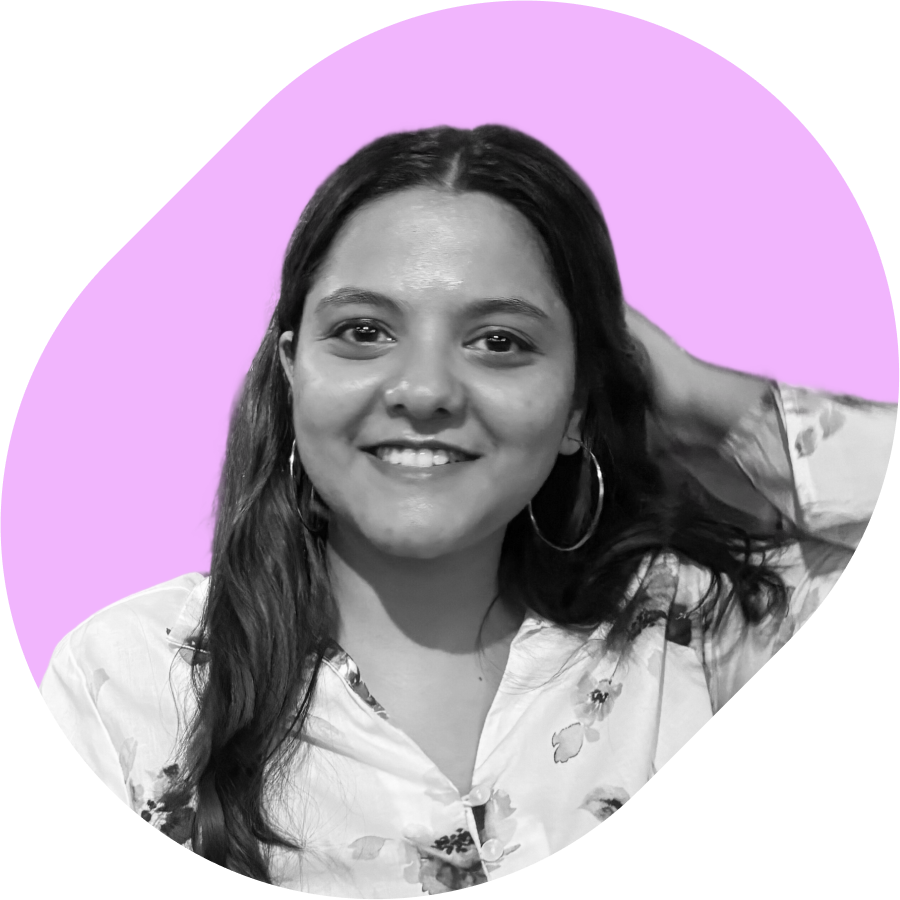
Profile: https://www.linkedin.com/in/angel-jain/
Challenge: Communal disconnect
Concept: Innr
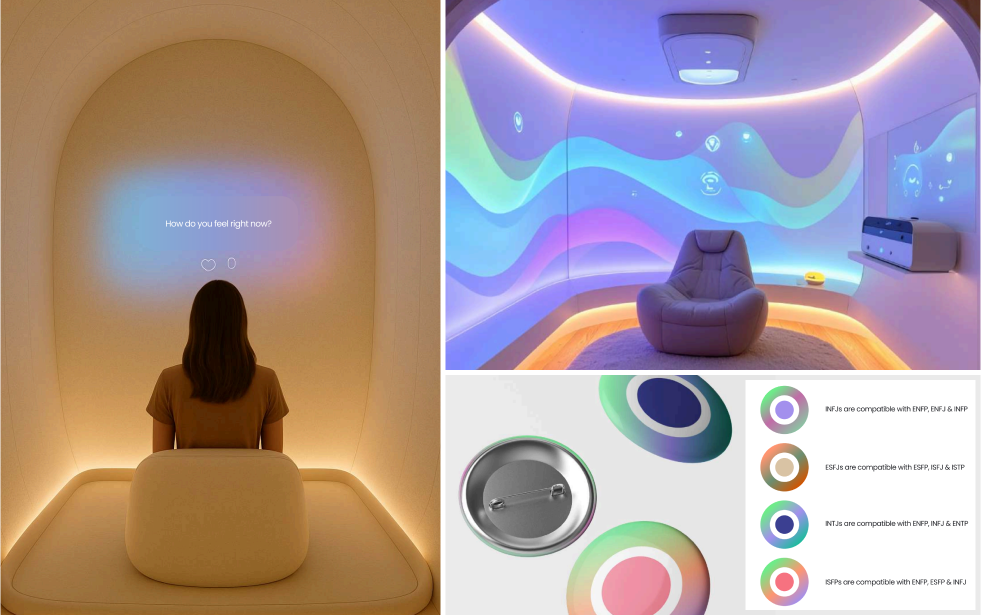
Innr is a guided journaling and meditation pod that uses Al-facilitated voice journaling, chakra-based meditation and immersive sensory cues to help users reconnect with themselves. It bridges gaps in traditional journaling by offering secure and adaptive emotional support. Innr transforms passive reflection into an active healing ritual, leading to stillness, self-awareness and emotional clarity in a fast-paced world.
What we liked:
Angel’s submission was well thought through and a pleaseure to read. The research and narrative captures and perfectly communicates her analysis of the system. We found that her insights and their translation into the final outcome was a commendable effort.
The attention to details of both the presentation and the concept was note-worthy as well.
Pranav Vyas
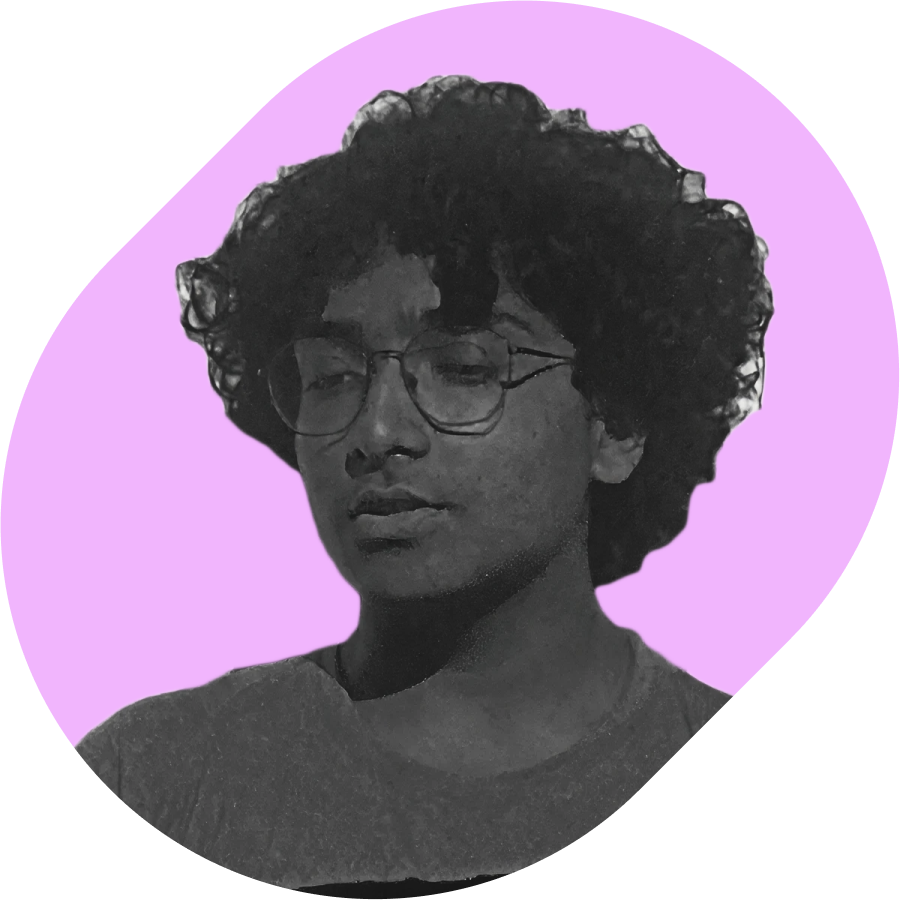
Profile: https://www.linkedin.com/in/pranav-vyas-68106b334/
Challenge: Temporal disconnect
Concept: Fidgy

Fidgy is a compact companion designed to help young adults practice mindfulness in a fast-paced world. Featuring a multi-functional dial, intuitive fidget loop, mood-responsive lighting, soft sound playback and an emergency light, Fidgy supports focus, calm and presence, wherever you are. Scroll it. Tap it. Fidget it.
What we liked:
Pranav’s mix of storytelling and his finesse in presentation made skimming through the submission a pleasure. The submission showed a lot of intent and care. The research & synthesis was well represented and the transition between the design stages was seamless.
We felt the concept ideation stage could’ve been better. The transition to the final concept was a bit abrupt in an otherwise seamless narrative. Still, the final concept was intriguing we are sure it could have worked well with further detailing.
UI/UX Design
Finally, we close with the digital lens of UI/UX Design. These submissions explored how interfaces could acknowledge, evoke and even counter various emotional disconnects. Some focused on smaller interventions, while others created entire ecosystems. Here are the ones that caught our eye.
Rishita Baghel

Profile: https://www.linkedin.com/in/rishitabaghel/
Challenge: Temporal disconnect
Concept: Loiter
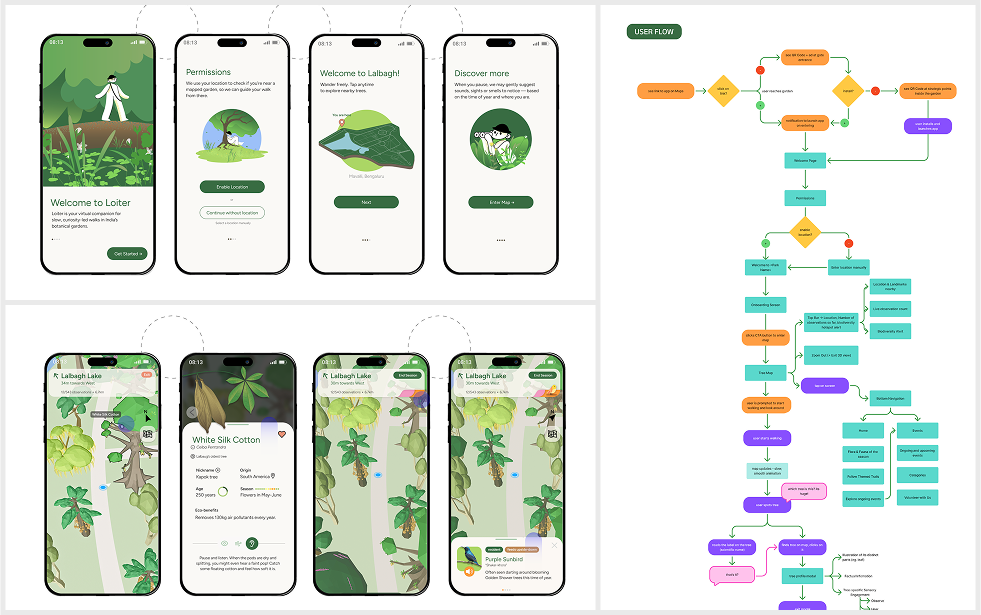
Loiter is an app concept designed for botanical gardens in India. It features a dynamic, seasonal tree map that responds to the user’s location and time of the year. By highlighting nearby species and sensory cues, such as sights, smells and sounds, it encourages deeper presence, observation and connect with nature.
What we liked:
Rishita took a simple idea and executed it well. We liked the calm and observational tone of the app, and how it encouraged mindful presence in a subtle way.
Conceptually, the idea could have been pushed further, but it was a well thought out attempt and a well grounded response to the challenge of temporal disconnect.
Kanishk Ghonsikar
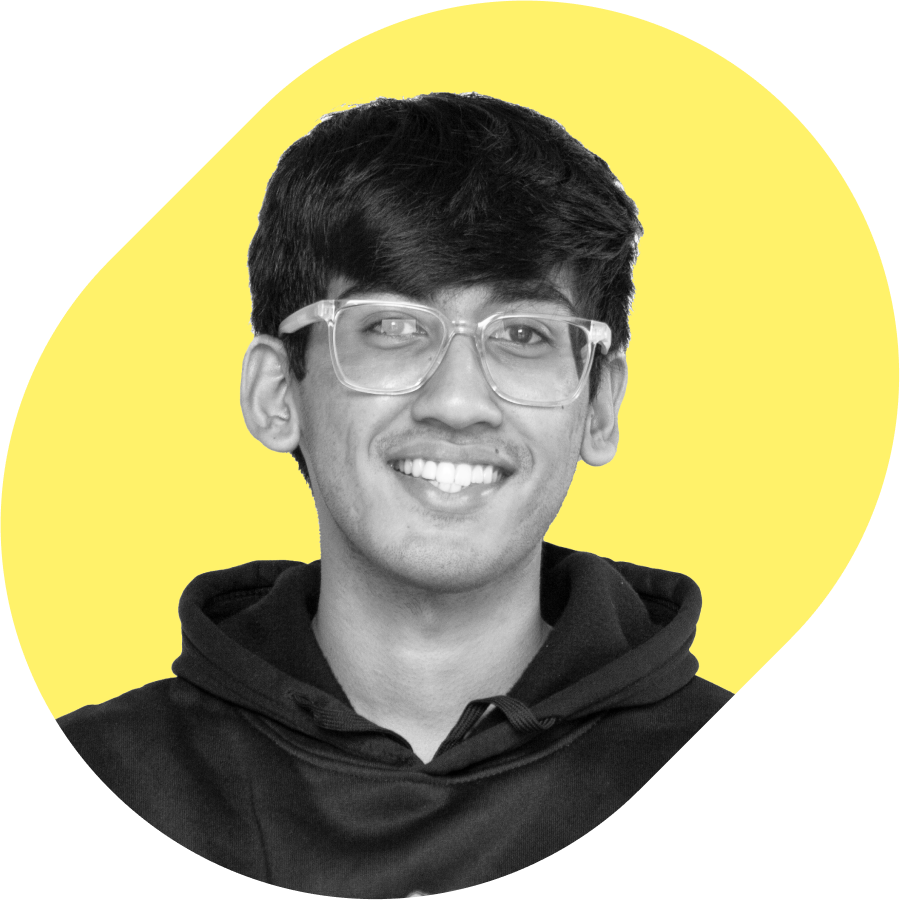
Profile: https://www.behance.net/gallery/210848251/UIUX-Portfolio-2025
Challenge: Temporal disconnect
Concept: Moments in motion
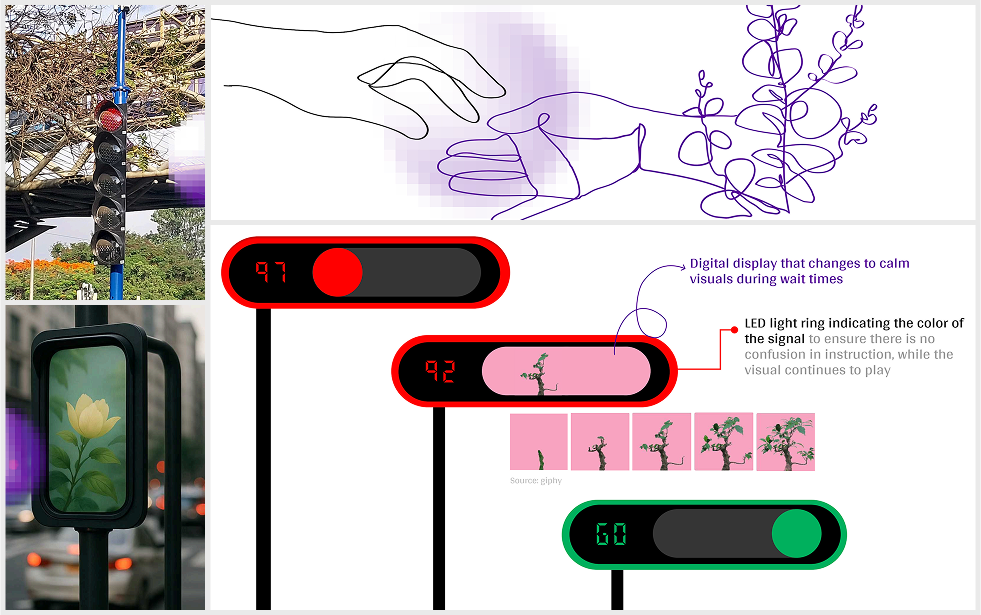
This concept reimagines traditional traffic lights as calming visual experiences that encourage mindfulness in urban spaces.
Instead of abrupt signals, the lights display slow natural visuals, like blooming plants. The aim is to reduce stress, promote stillness, and transform wait times into peaceful moments. It highlights our innate patience when observing nature and applies that insight to city life.
What we liked:
We found Kanishk’s choice of problem statement and his approach to solving it to be quite unique and interesting. His presentation of the solution, along with his reflective take on the challenge of temporal disconnect was commendable.
We think the idea was under explored and could have been executed well, but it was still a strong idea with immense potential.
Yashasvi Rao

Profile: https://www.linkedin.com/in/yashasvi-rao-6553ba5b/
Challenge: Communal disconnect
Concept: Imbue
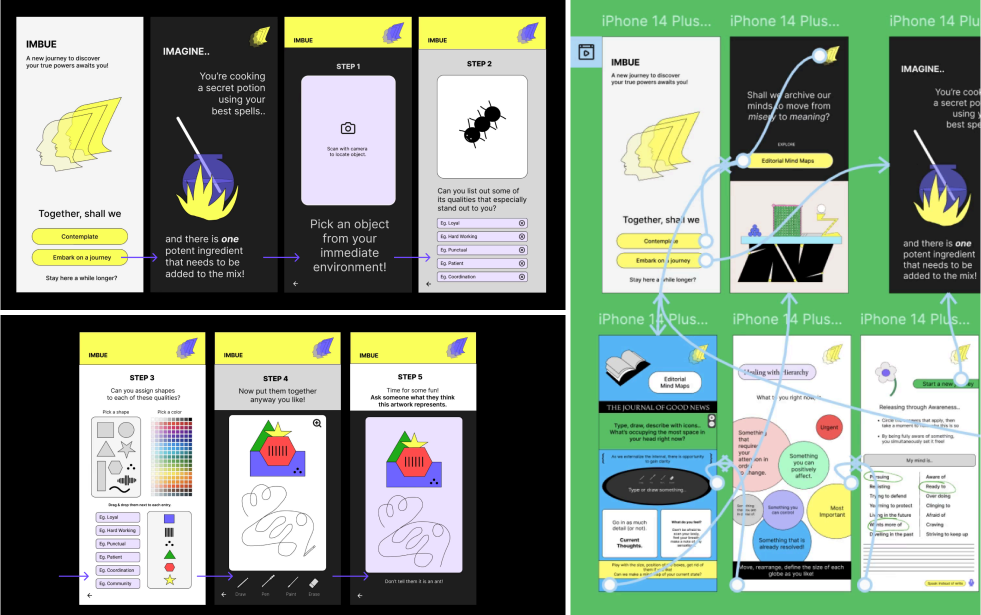
Imbue is a digital self-help experience designed to support individuals dealing with anxiety through playful daily rituals. Drawing on therapeutic techniques, it uses distraction, contemplation and co-regulation to foster presence and emotional regulation. Fully DIY and stigma-free, the app encourages users, especially youth aged 14–24, to reconnect with the moment without relying on constant digital support.
What we liked:
Yashasvi presented a novel approach to the challenge of communal disconnect, with a simple but intentional execution of the idea. We found some very interesting thoughts presented in the submission as well.
Although the concept could have been pushed further, we found her submission to be thought provoking, her process to be refined and her communication skills to be engaging.
Malika Bansal
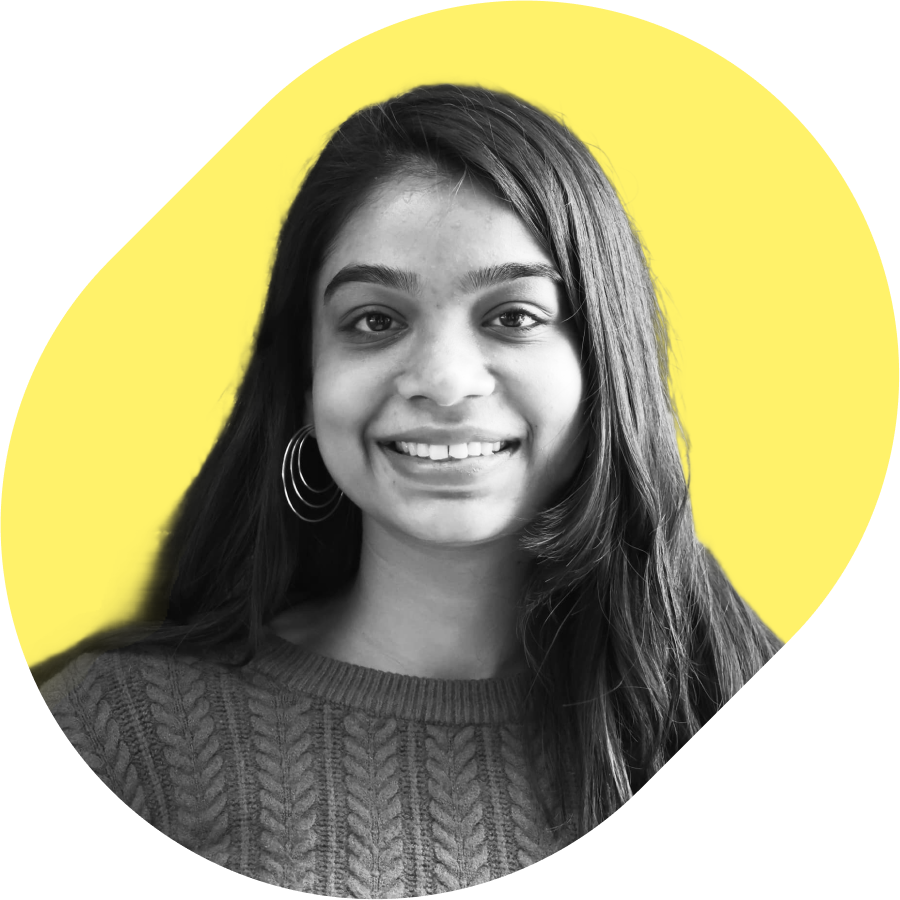
Profile: https://www.linkedin.com/in/malika-bansal-0a08062ab/
Challenge: Temporal disconnect
Concept: Echoes
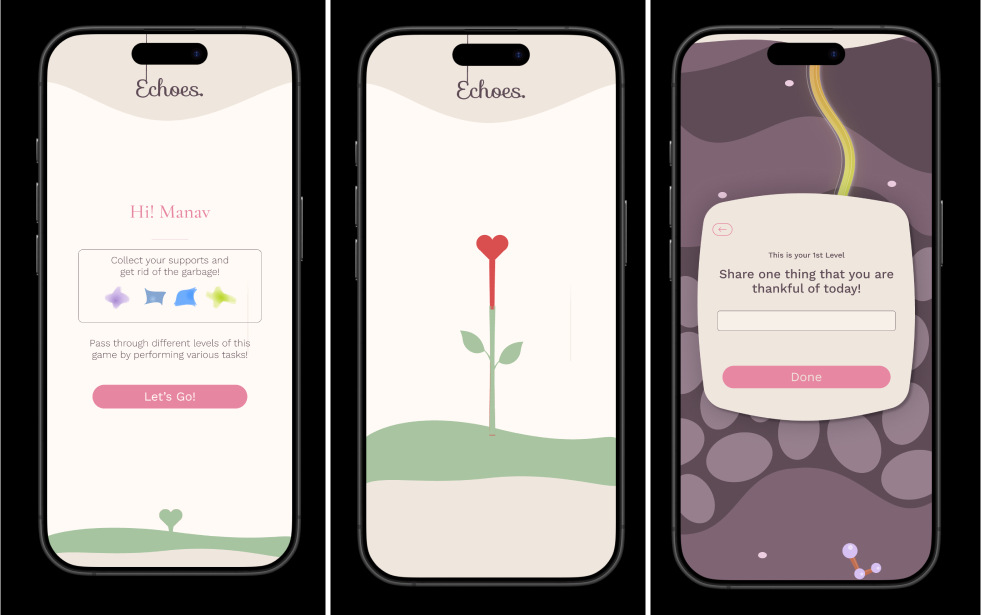
Echoes is a mobile application concept designed to counter digital overstimulation by gently encouraging presence and introspection.
Unlike typical fast-paced apps, it offers slow, calming mini-games that guide users to reflect and journal. Visually inspired by roots growing through the soil, Echoes turns everyday digital pauses into mindful moments, thus leading to inner calm and self-awareness.
What we liked:
Malika’s nature inspired concept and her visual metaphors for the user journey is what stood out to us. While the concept was not entirely new, its execution offered a new, reflective take on temporal disconnect.
She showed good implementation of her idea and her thoughtful prototyping helped us imagine what it would look and feel like to experience her concept in reality.
What Were We Looking For?
By now, you probably have a sense of what we appreciated in each of the featured submissions. But we also wanted to make our evaluation criteria transparent. For those curious, and for those applying in the future.
The selection process unfolded in two stages:
1. Shortlisting based on task submissions and portfolios
2. Interviews focused on soft skills and studio fit
Here’s what we looked for in each stage:
Shortlisting Stage:
- Application Form: The clarity and thoughtfulness of your responses. Your attitude towards design and the way you approached the prompt.
- Contextual Relevance: How closely your submission responded to the chosen theme and sub-challenge. Did it feel intentional?
- Design Excellence: The depth of your design process. Your research, ideation, execution, storytelling and visual style.
- Innovative Thinking: Was the idea novel, unexpected, or emotionally insightful? Did it go beyond the obvious?
Interview Stage:
- Communication Skills: Could you clearly articulate your thinking? Were you confident in presenting and defending your work?
- Team Value: Would your skillset and approach add something meaningful to the studio team? Could you collaborate well?
- Culture Fit: Are you the kind of person who thrives in an open, curious, and slightly chaotic creative environment? In other words, would you make a good Carbon?
The final 12 submissions were selected based on these simple but essential parameters. We hope this gives you clarity. Not just about the decisions we made, but also about the kind of designers we look forward to working with.
What Next?
Reading through the submissions for this cohort was truly a joy. We came across ideas that made us smile, pause and sometimes question and argue. We hope the participants had as much fun working on the brief as we did while drafting it.
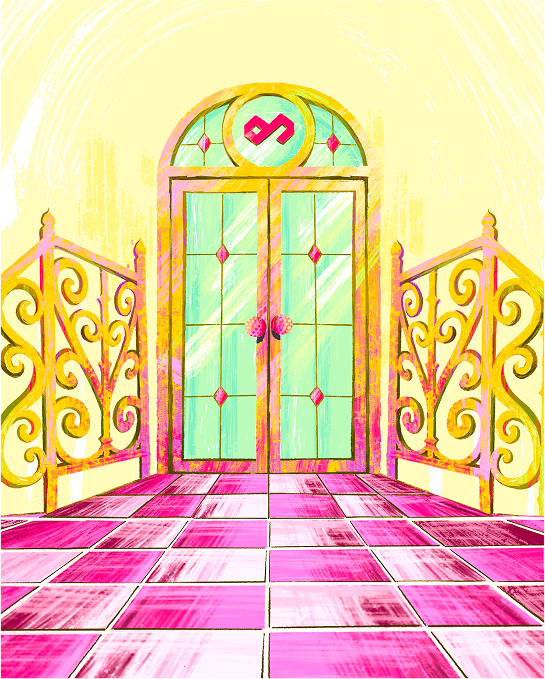
The Monsoon Cohort was, in many ways, an experiment. We poured a lot into it, right from designing the central theme, creating the sub-challenges, and building the visual identity, to updating the website, running socials, and conducting interviews. Every bit of it took time, care and intention. And while the spirit of the cohort was deeply fulfilling, the process showed us a few hard truths as well.
The timing didn’t align well with most undergraduate internship calendars. While we did receive some wonderful applications from master’s students, many of them were understandably looking for full-time opportunities rather than mentorship and training, the original intent behind the cohort. This mismatch, among a few other operational challenges, made it clear to us that a bi-annual format might not be the most effective way forward.
So we arrived at the unfortunate decision that this would be our first and last Monsoon Cohort.
From here on, the Carbon Cohort will be a once-a-year program, running from January to June. A single, focused window where we can give it everything — time, energy and intent.
We still believe deeply in the value of this platform. For us, it’s more than just an internship. It’s an opportunity to invite wild ideas, speculate freely and get inspired by fresh new perspectives in design. That is why, we hope that with each passing year, the Carbon Cohort continues to evolve, inspire and attract young designers who are looking for a challenge, and an experience to grow in a supportive environment.
Applications to the next cohort open in October 2025. Until then, stay weird and keep creating!


